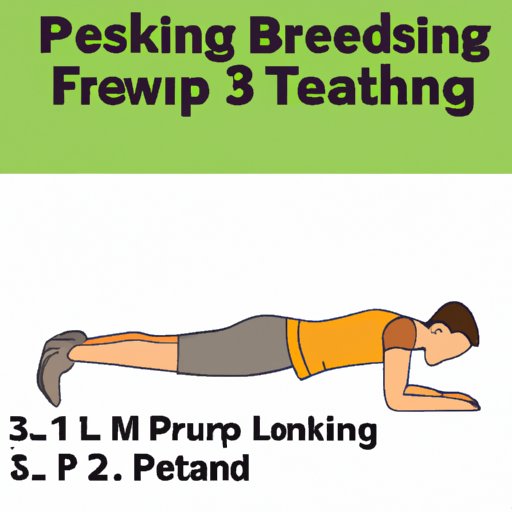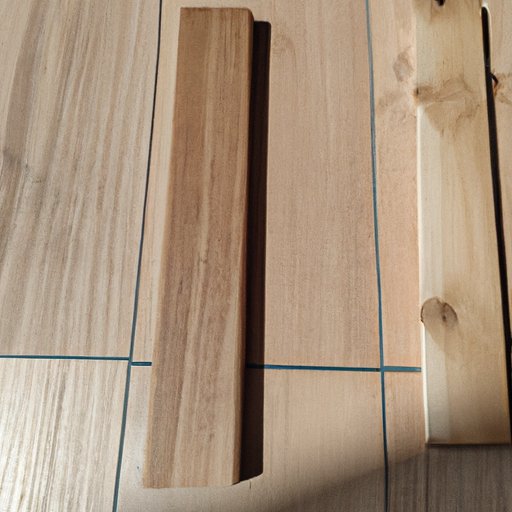Introduction
The plank is one of the most effective exercises for strengthening your core, improving stability, and helping with weight loss. It’s a simple move that requires no equipment and can be done almost anywhere. But are planks really good for you? This article will explore the benefits of planking, how to do it correctly, which muscles it targets, the difference between planks and crunches, and plank variations to challenge your core strength.
What Muscles Does Planking Work?
Planking is an excellent exercise for building core strength and stability. It engages your abdominal muscles, back muscles, and glutes, as well as other stabilizing muscles in the hips and shoulders. When you hold a plank, the muscles in your body contract, creating tension that helps strengthen and tone the entire body.
Planking can also help with weight loss. When you plank, your muscles work hard to maintain the position, burning calories and helping you shed excess fat. Plus, since planking strengthens your core and improves your stability, you’ll be less likely to get injured during other activities such as running or cycling.

How to Perform a Plank Exercise Properly
It’s important to perform a plank exercise properly in order to maximize the benefits and avoid injury. To do a standard plank, start by lying on your stomach. Place your elbows directly under your shoulders and lift your body off the ground, maintaining a straight line from your head to your heels. Your feet should be slightly wider than hip-width apart and your toes should be tucked. Keep your neck neutral and your gaze towards the floor. Hold this position for 30 seconds to 1 minute, then release. Make sure to keep your core engaged throughout the exercise.

The Difference Between Planks and Crunches
Planks and crunches are both great exercises for strengthening your core, but they target different muscles. Planks are a full-body exercise that engage your abdominals, lower back muscles, glutes, and other stabilizing muscles in the hips and shoulders. Crunches, on the other hand, only target the abdominal muscles. While crunches are a great exercise for building abdominal strength, planks offer a more comprehensive approach to core strengthening.
Planking Variations to Challenge Your Core Strength
If you want to take your planking to the next level, there are several variations you can try. The modified plank is a good place to start. To do this variation, start in a standard plank position but place your forearms on the ground instead of your hands. This takes some of the weight off your arms and puts more emphasis on your core.
Another great variation is the side plank. To do this, start in a standard plank position, but roll onto one side so that your weight is supported by one arm and the outside of one foot. Lift your hips off the ground and hold the position for 30 seconds to 1 minute. Be sure to switch sides to work both sides of your body.
Finally, the bird dog plank is a great way to challenge your balance and stability. Start in a standard plank position and lift one arm and the opposite leg off the ground. Hold the position for 10 seconds to 1 minute, then switch sides. This exercise will engage your stabilizing muscles and help improve your balance and coordination.
Conclusion
Planking is an excellent exercise for building core strength, improving stability, and helping with weight loss. It’s a simple move that requires no equipment and can be done almost anywhere. When performed correctly, it works the abdominals, lower back muscles, glutes, and other stabilizing muscles in the hips and shoulders. Planks are also a great alternative to crunches, as they target more muscle groups and provide a more comprehensive approach to core strengthening. Finally, there are several plank variations you can try to challenge your core strength and improve your balance and coordination.
To get the most out of your planking workouts, make sure to maintain proper form and challenge yourself with plank variations. With regular practice, you’ll soon see your core strength and stability improve.
(Note: Is this article not meeting your expectations? Do you have knowledge or insights to share? Unlock new opportunities and expand your reach by joining our authors team. Click Registration to join us and share your expertise with our readers.)
